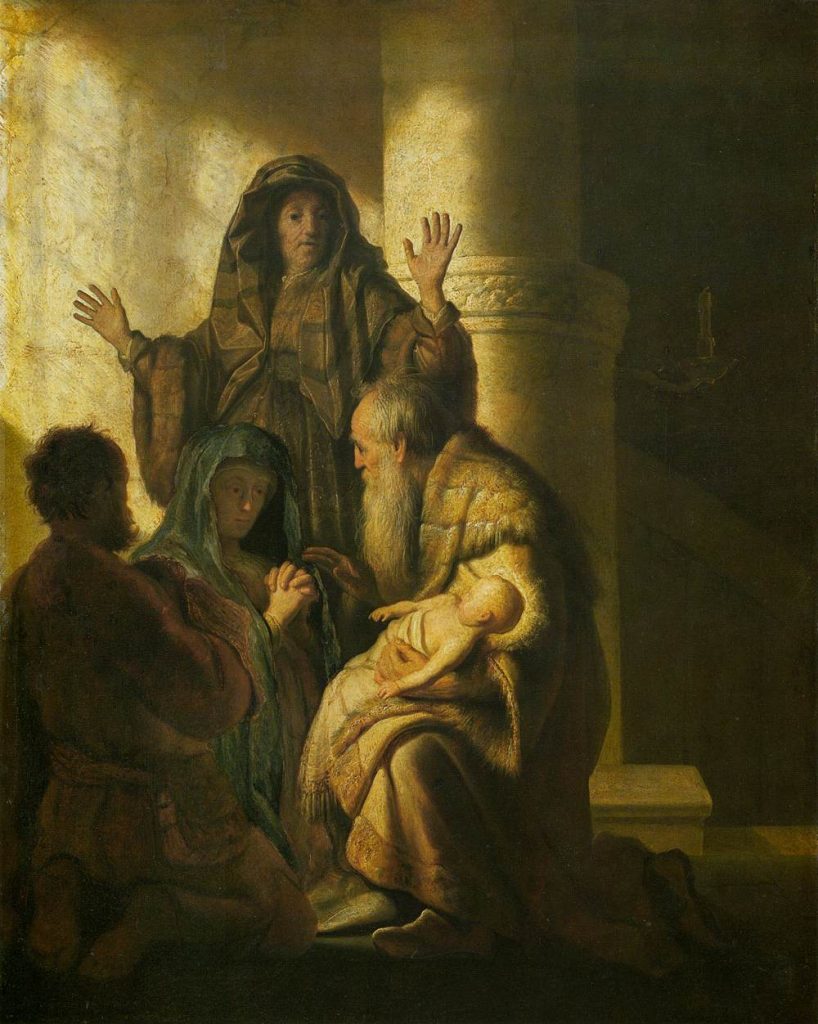Oscar Wilde once said, “With age comes wisdom… Usually, elders are held to be more filled with wisdom than younger folks, although, Lord knows, older people can make mistakes every bit as well as younger people can. Generally, however, by the time we reach old age, the beginning of which seems to stay ahead of us with every year we live (at least in our minds), we will have acquired some wisdom. Often we wish the young folks follow our guidance, but each generation seems to have to find its own way.
In the Bible, there are a lot of young people with wisdom. For example, Mary was a young woman who showed wisdom when confronted by a stranger in her home who proclaimed a most unexpected and perhaps unwelcome command. Her first instinct was to reject the proposal, yet eventually, she gave in. We realize that she will finally receive the wisdom that she needed to make a tough decision and to use her insight to carry her through what was undoubtedly a very trying time, probably extending to the end of her life.
But then there are elders. One of today’s readings comes from the book of Luke, and it comes as a description of the Holy Family in Jerusalem for the purification of Mary following the birth of Jesus. They had journeyed from Galilee to Jerusalem and had their avian sacrifices ready to be made as part of the ritual. They thought it would be a reasonably straightforward event, but like many things in the Bible, things didn’t exactly go as they had planned.
In the temple there was an old man, Simeon, a fixture in the temple, having served there for a number of years. We don’t know how many, but we know he was righteous and devout and waiting for a Messiah who would unify the two parts of Israel. He was not dressed in rich robes, wasn’t a high-ranking member of the temple staff, but yet had wisdom, and had been promised that he would indeed live to see the fulfillment of his greatest dream.
A small family of mother, father, and infant, walked into the temple and Simeon immediately understood that this was the moment for which he had been waiting. Perhaps the couple was a little unsettled by a strange person approaching and holding out his arms for the infant, but they put the baby in his arms and listened as he spoke:
Master, you are now dismissing your servant in peace, according to your word;
for my eyes have seen your salvation,
in which you have prepared in the presence of all peoples,
a light for the revelation to the Gentiles
and for glory to your people Israel.
Mary and Joseph were probably dumbfounded by what they had heard, although why they should have been who knows. Still, it was reinforcement that this was just no ordinary child that they had been given to raise. Simeon had confirmed what Mary and Joseph already knew, that this was a gift from God in every sense of the word.
Also in the temple, there was an old lady, Anna by name, who had been in the temple for decades praying and fasting as a holy woman. She too held wisdom that she needed to pass on to the young family and to others who were listening. Her message was praise to God for teaching her to see the vessel by which redemption would be accomplished. This too was a message for Mary and Joseph but also for all those who read this part of Jesus’s story.
In Rembrandt’s painting, Anna has a wrinkled face although her hands look very strong. Her face is partially shadowed, but it shows a life lived long and perhaps not always comfortably. Simeon is likewise shown as an older person with a balding head and gray or white beard. I find it interesting that the passage identifies Anna by her age, but nothing about Simeon’s. Perhaps it doesn’t matter, but I do find it curious.
As I listen to the wisdom being given forth in the passage, and as a person who is approaching the final days, whether it be tomorrow or 20 years from now, I take heart in Simeon’s words of “Now let your servant depart in peace.” I do love that phrase, not only because I have seen the salvation that Jesus offered but that I have felt that salvation and know it to be true. With that affirmation, I believe I can accept the end of my days in peace and confidence.
Every time we recite or chant the prayer of Simeon, also known as the Nunc dimittis, let us think of what those words mean to us. Without seeing a golden halo or some other physical sign, Simeon knew who this child was and what his mission would be. Perhaps it is an invitation for us too to look for the invisible signs, the signs of faith, that we have seen through the life and teachings of Jesus. Perhaps it will also be an affirmation for us and a comfort as well.
I think this week I will be meditating on the Nunc dimittis, and probably chanting it to my not quite receptive cats. Still, I will be listening as well as chanting, and I will see what else God has to show me in this beautiful, submissive prayer that has come to be such a part of our Christian tradition and liturgy. I invite you to join with me in such meditations.
God bless.
Image: Simeon and Anna Recognize the Lord in Jesus, Artist: Rembrandt, ca. 1627. From the Kunsthalle Hamburg, found on Wikimedia Commons.
Linda Ryan is a co-mentor for an Education for Ministry group, an avid reader, lover of Baroque and Renaissance music, and retired. She keeps the blog Jericho’s Daughter. She is also owned by three cats.

